Tag: Heritage Preservation
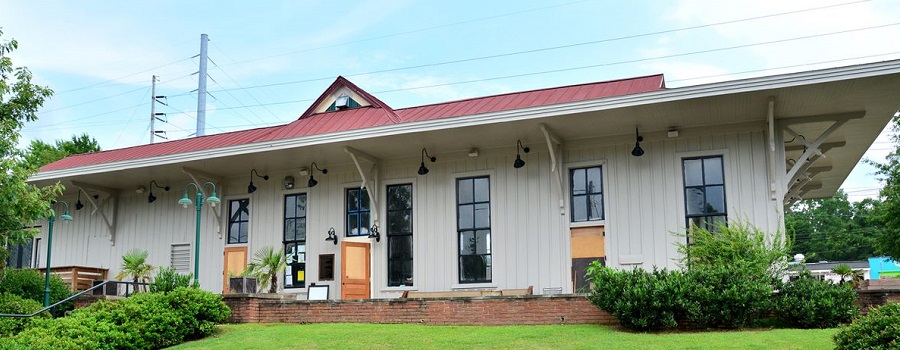
Old Decatur
Prepared by the Spring 2006 Preservation Planning Class. These Design Guidelines explain and interpret general design criteria in the local preservation ordinance in Old Decatur,...
Read More
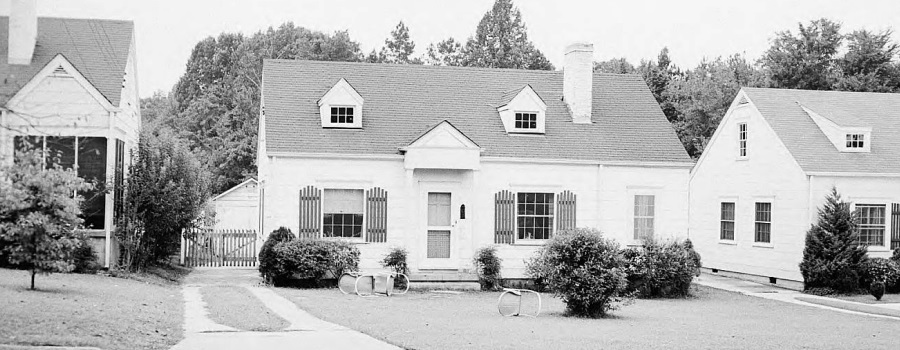
Decatur Northwest Residential Historic District
Prepared by the Spring of 2013 Case Studies in Historic Preservation class. The Decatur Northwest Residential area is an outstanding representation of early to mid-twentieth...
Read More
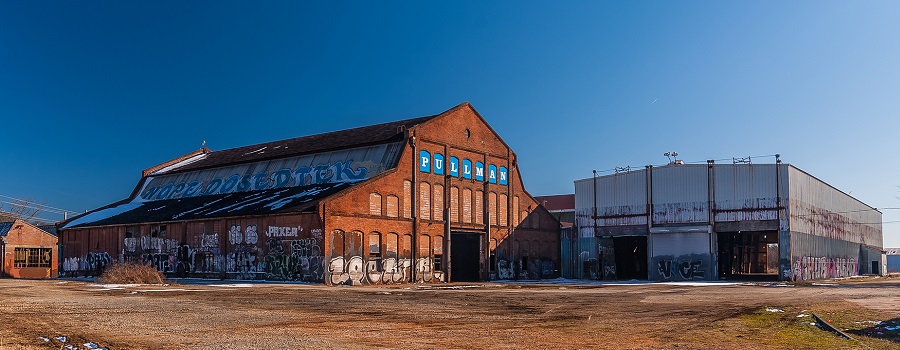
Kirkwood District
Information form for the historic district known as Kirkwood. Contains Sanborn maps, early plattings of the properties, interviews, as well as historic photographs and newspaper...
Read More
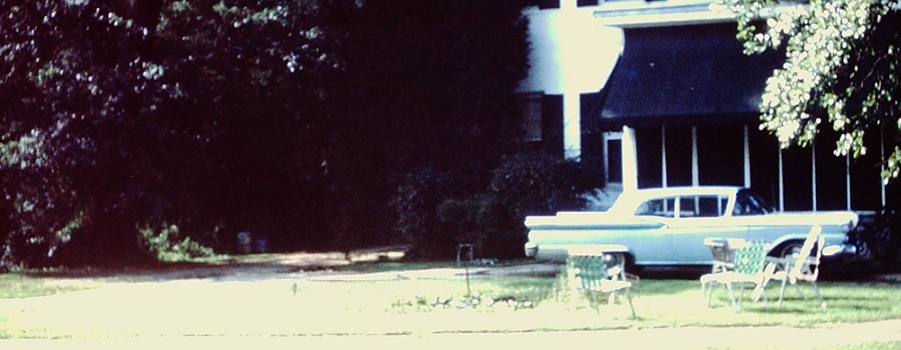
Judge William A. Wilson House
The Judge Wilson House, dating from the mid-1850s, was one of six documented antebellum houses left in Atlanta as of 2015. Contains a historical overview...
Read More

Rhodes Center
Located in Midtown between Peachtree Street and Spring Street and constructed from September 1937 to June 1938, Rhodes Center was Atlanta’s first modern shopping center...
Read More
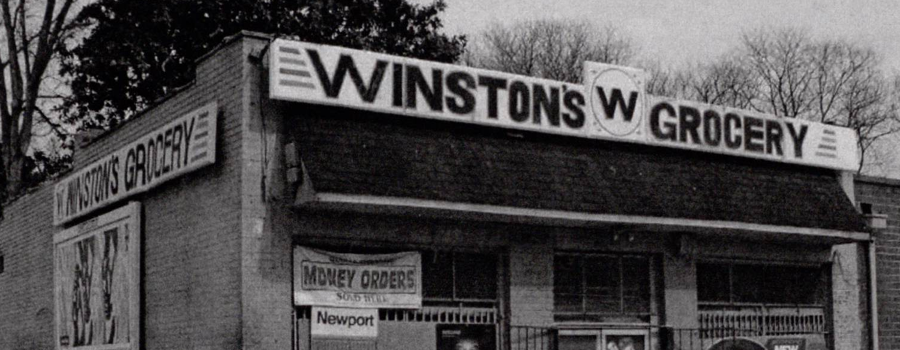
Pittsburgh Community
National Register Nomination Proposal to preserve the neighborhood known as Pittsburgh, located south of Mechanicsville. This traditionally African American neighborhood is bordered by railroad tracks....
Read More

Once Upon a Time in Atlanta
The purpose of this tour is to have students explore some of the locations on or near GSU’s campus in Raymond Andrews’ memoir Once Upon...
Read More
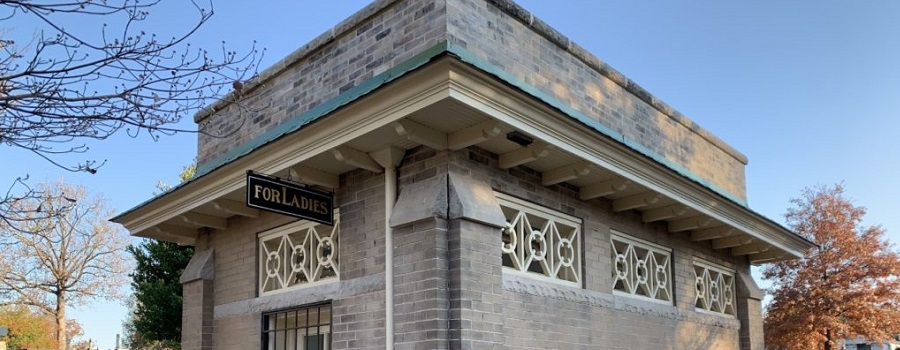
Oakland Cemetery Comfort Station Buildings
Historic Structure Report provides historical context and physical condition of the women’s and men’s comfort stations at Oakland Cemetery, Atlanta’s largest historic cemetery. The comfort...
Read More
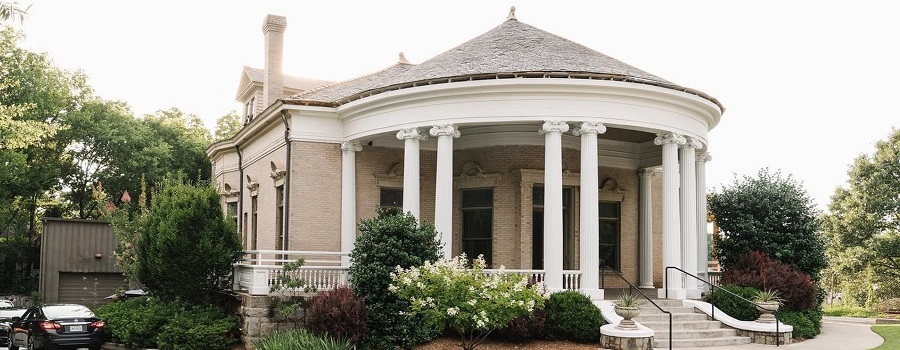
The Wrecking Bar: Volume I
Part one of a historic structure report on the Wrecking Bar, formerly the Kriegshaber House, built in 1900 and located at 292 Moreland Avenue, NE....
Read More

The Wrecking Bar: Volume 2
Part two of a historic structure report on the Wrecking Bar, formerly the Kriegshaber House, built in 1900 and located at 292 Moreland Avenue, NE....
Read More
 Georgia State University Library
Georgia State University Library